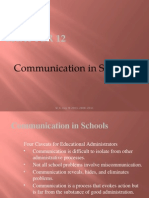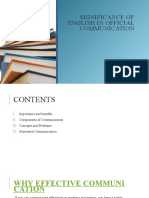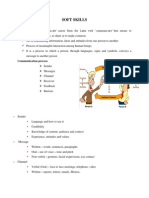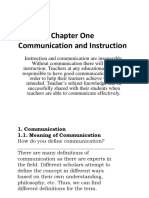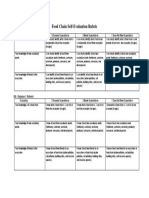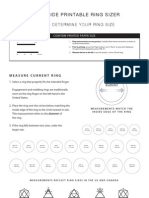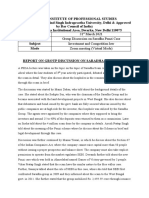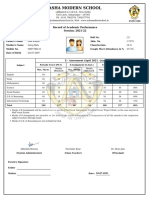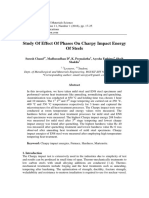0% found this document useful (0 votes)
73 views26 pagesCommunication in Schools: W. K. Hoy © 2003, 2008, 2011
Uploaded by
Yee Jiea PangCopyright
© © All Rights Reserved
We take content rights seriously. If you suspect this is your content, claim it here.
Available Formats
Download as PPTX, PDF, TXT or read online on Scribd
0% found this document useful (0 votes)
73 views26 pagesCommunication in Schools: W. K. Hoy © 2003, 2008, 2011
Uploaded by
Yee Jiea PangCopyright
© © All Rights Reserved
We take content rights seriously. If you suspect this is your content, claim it here.
Available Formats
Download as PPTX, PDF, TXT or read online on Scribd
/ 26


